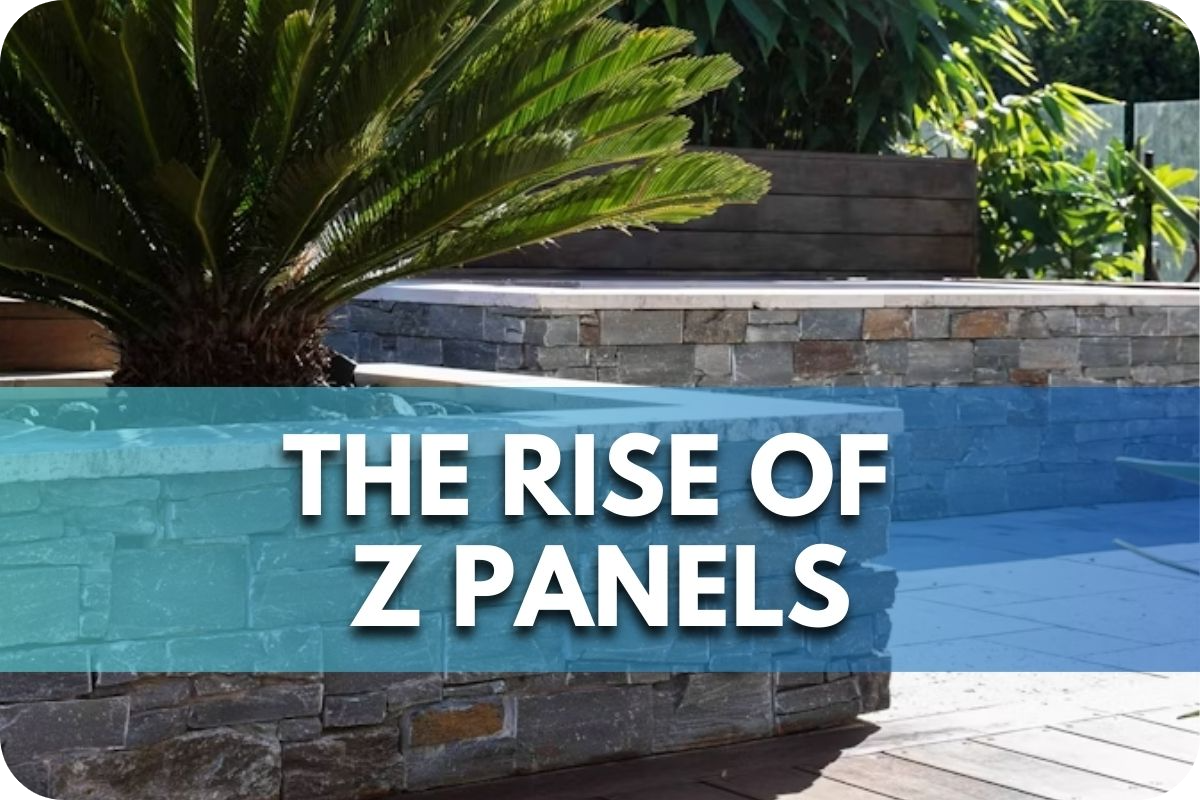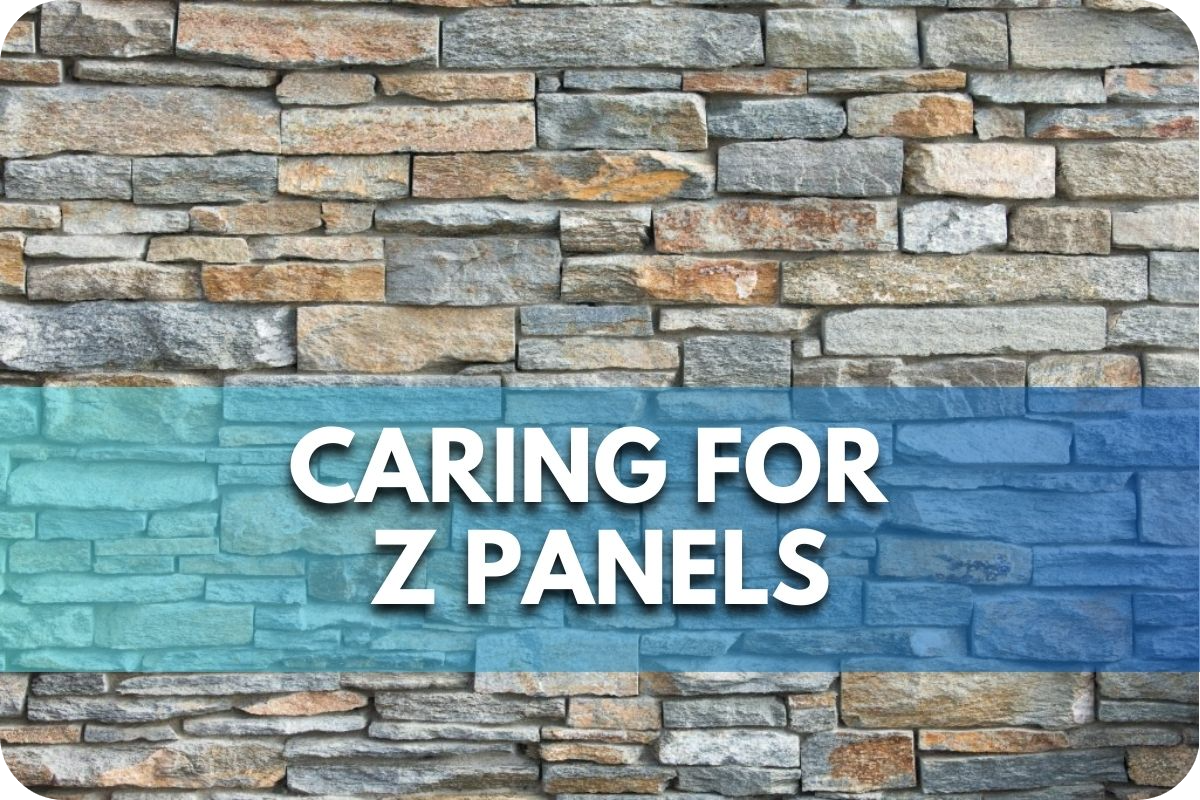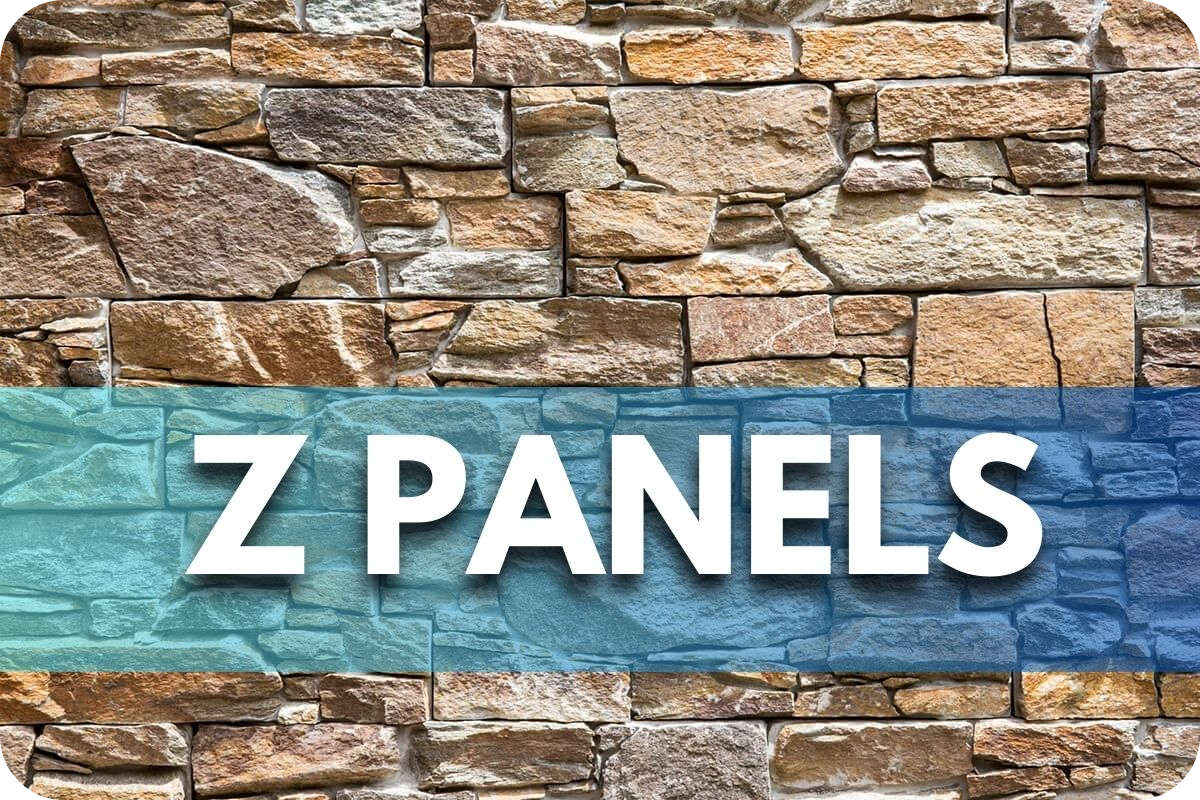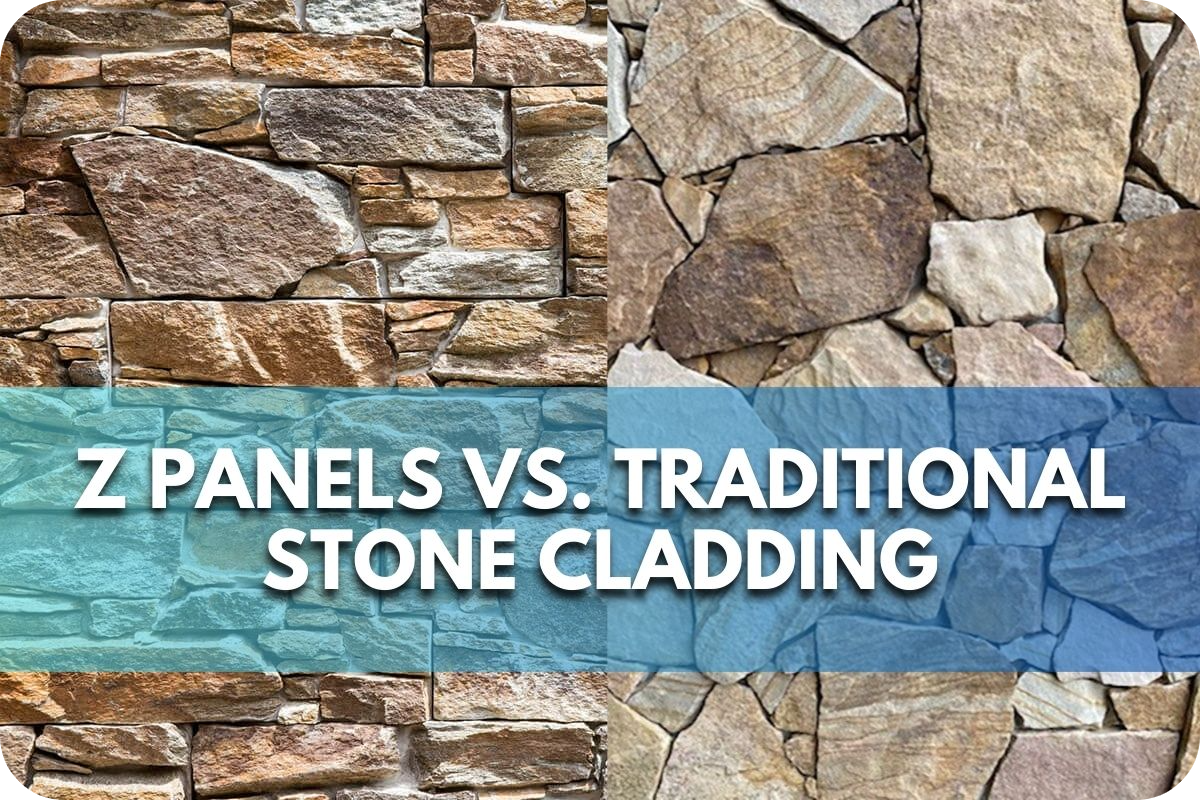The Rise of Z Panels: Why They’re Trending in Architecture & Design
Finding materials that blend aesthetics with functionality in modern architecture poses a significant challenge.
Traditional options often fall short, lacking durability or demanding high maintenance and complex installation processes, which can stifle creative design.
This article explores why Z Panels are becoming a favoured choice among architects and designers. They promise to elevate any project with style and practicality.
Why Z Panels are Trending Architecture
1. Versatility in Design
Z Panels are renowned for its exceptional architectural and interior design versatility, which allows them to adapt seamlessly to various applications and design aesthetics.
Their flexibility is evident as they enhance spaces ranging from modern accent walls in living rooms to robust exterior facades on commercial buildings. This adaptability makes them a preferred choice for architects and designers seeking functionality and style.
The panels are available in various colours, textures, and finishes, ensuring a suitable option for any design theme or preference.
Z Panels can accommodate whether the project calls for a rustic look with a rough-textured stone finish or a sleek, contemporary style with smooth, uniform panels.
Their ability to mimic different materials such as wood, stone, or even bespoke artistic patterns adds to their design appeal, offering endless creative possibilities.
Moreover, Z Panels are not limited to wall applications; they can also effectively be used for ceilings, fireplaces, and outdoor landscape features, providing a cohesive look throughout any property.
This wide-ranging applicability underscores their value in design projects, ensuring that every space can achieve aesthetic appeal and lasting durability with Z Panels.
2. Modern Aesthetic Appeal
Z Panels are celebrated for their ability to infuse a modern, contemporary aesthetic into any space. Their sleek, minimalistic design aligns perfectly with current architectural trends, favouring clean lines and simple yet striking textures. This makes Z Panels ideal for designers creating a sophisticated and stylish environment.
Z Panels’ aesthetic versatility allows them to effortlessly enhance the visual appeal of both residential and commercial properties.
- In residential settings, Z Panels can create stunning feature walls in living rooms or master suites, providing an elegant and timeless focal point.
- For commercial spaces, such as hotels or office buildings, Z Panels contribute to a high-end look often used in lobbies or as exterior facades to make a strong first impression on visitors and clients.
These panels are not only about appearance; their structured design also plays a key role in defining space with a sense of luxury and permanence.
3. Ease of Installation
Z Panels are distinguished by their straightforward installation process, making them an appealing choice for DIY enthusiasts and professional contractors.
These panels are designed to interlock seamlessly, simplifying the alignment and affixation process and significantly reducing the time and labour involved compared to traditional cladding methods.The panels’ modular design allows for quick and easy installation over any prepared surface. This feature eliminates the extensive substrate preparation typically required with other cladding materials.
Additionally, the uniformity of Z Panels ensures a consistent appearance without the need for meticulous sorting or placement, further accelerating the installation process.
For DIY enthusiasts, Z Panels offer the opportunity to undertake a home improvement project without requiring specialised tools or skills.
A basic understanding of measuring and levelling is sufficient to ensure a successful installation. For professionals, the ease of installation means faster project turnaround times and the ability to complete more projects within the same timeframe, enhancing efficiency and profitability.
4. Durability and Longevity
Z Panels stand out in the architectural world for their exceptional durability and longevity.
Designed to endure, these panels are constructed from high-quality materials that withstand adverse weather conditions, including intense UV rays, heavy rain, and extreme temperatures.
This robust construction prevents deterioration over time, ensuring that Z Panels remain visually appealing and structurally sound for years.
Their resistance to moisture and impact is a precious feature, making Z Panels ideal for outdoor installations. They maintain their integrity and appearance without warping, cracking, or fading, whether used as exterior facades, landscaping features, or outdoor entertainment areas. This resilience is crucial for applications exposed to the elements, where durability is as important as aesthetics.
Moreover, Z Panels require minimal maintenance, a significant advantage for residential and commercial properties. Unlike traditional materials that might need periodic sealing or painting, Z Panels maintain their pristine condition with basic cleaning.
This low-maintenance aspect saves time and effort and reduces the long-term cost of upkeep, making Z Panels a practical and economical choice for modern architectural needs.
5. Sustainability
Modern architecture increasingly favours Z Panels for their aesthetic and functional benefits and environmental advantages. These panels are produced with sustainability in mind, employing practices that minimise ecological impact and promote resource conservation.
The manufacturing process of Z Panels uses recycled materials, which helps reduce waste and the demand for virgin resources.
This recycling practice is a key component of the production cycle, aiming to lessen the carbon footprint associated with traditional building materials.
Additionally, the energy for fabricating Z Panels is often sourced from renewable resources, further enhancing their sustainability profile.
When selecting Z Panels, architects and builders must consider the source of the materials. Opting for panels certified as responsibly sourced ensures that the products are environmentally friendly and ethically produced.
Certifications to look for include those related to sustainable forestry, recycled content, and low emissions.
6. Cost-Effectiveness
Z Panels offer a financially savvy alternative to traditional cladding options, presenting significant cost advantages across material, labour, and installation.
Z Panels are generally less expensive per square foot than natural stone or brick. This cost efficiency stems from their lighter weight and the less intensive labour required for their installation, which can often be completed more quickly than traditional methods.
Due to their design, the installation process for Z panels is streamlined, allowing for easy handling and fitting. This not only reduces labour costs by minimizing the time needed for installation but also decreases the overall construction timeline, enabling faster project completion.
This means reduced downtime and quicker occupancy for commercial ventures, which can be crucial for revenue generation.
Beyond the immediate savings, Z Panels also provide substantial long-term value.
Their durability and minimal maintenance requirements mean reduced repair and upkeep costs over the building’s lifespan. This aspect, coupled with their lasting aesthetic appeal, ensures a strong return on investment, as the initial savings continue to accrue over time.
Thus, Z Panels offer an upfront cost advantage and contribute to ongoing financial benefits, making them an economically wise choice for residential and commercial construction projects.
7. Customization Options
Z Panels stand out in the architectural field not just for their functionality and aesthetics, but also for their extensive customisation options.
These panels offer various custom designs, patterns, and sizes, allowing architects and designers to tailor them to specific project requirements and creative visions.
One key benefit of Z Panels is their adaptability. They can be cut and adjusted to fit unique architectural elements, such as curved walls or irregular spaces, without compromising stability or appearance.
This flexibility enables designers to employ Z Panels in various settings, from custom feature walls in corporate buildings to bespoke exterior facades in residential homes.
Designers and architects frequently leverage the customisable nature of Z Panels to inject distinctiveness into their projects.
For example, a designer might specify a unique pattern that mimics natural stone or wood to enhance a space’s organic feel or choose a bold colour to make a visual statement.
Projects have incorporated everything from geometrically patterned Z Panels in hotel lobbies to artistically staggered panels in modern office environments, showcasing their versatility and impact in creating innovative and captivating spaces.
8. The Growing DIY Movement
Z Panels increasingly align with the DIY home improvement trend, empowering homeowners to take charge of their space renovations.
These panels appeal to DIY enthusiasts because they do not require the specialised masonry skills that traditional stone or tile work might demand. This accessibility allows homeowners to undertake substantial improvements and customisations to their living environments confidently.
The design of Z Panels facilitates easy installation, which is ideal for DIY projects.
They typically come with interlocking edges that seamlessly fit together, making the alignment process straightforward and forgiving for non-professionals. This feature significantly reduces the complexity and duration of installation projects, allowing for rapid transformations of spaces.
Homeowners use Z Panels to create striking features, such as accent walls, fireplace surrounds, and external facades.
The ability to personally install these panels saves on labour costs and instils a sense of accomplishment and ownership over the renovation process.
Conclusion
Z Panels are revolutionising architecture and design due to their versatility, modern aesthetic, ease of installation, durability, sustainability, cost-effectiveness, and extensive customisation options.
Discover how Z Panels can transform your project—explore their potential and start your design journey today to capitalise on these innovative solutions for cutting-edge spaces.







